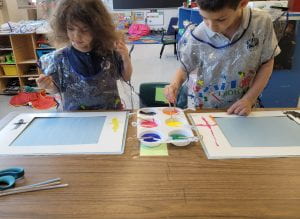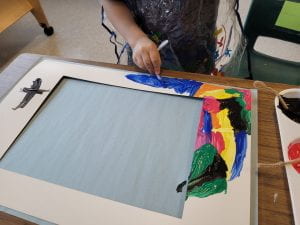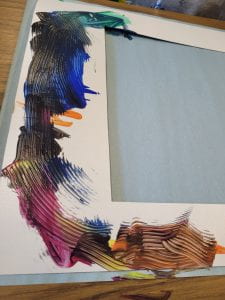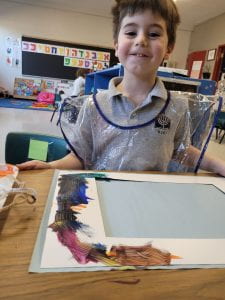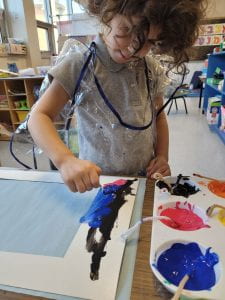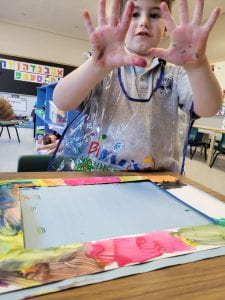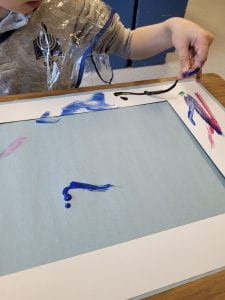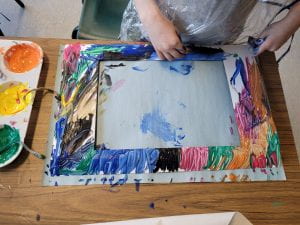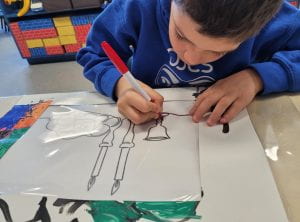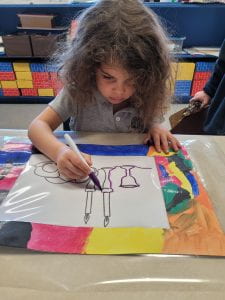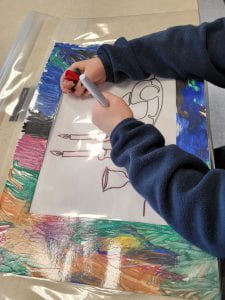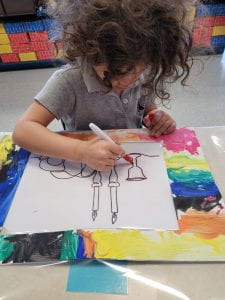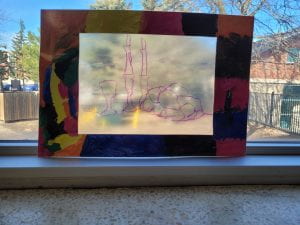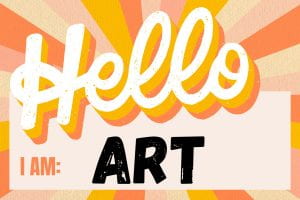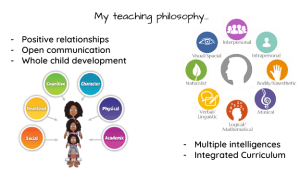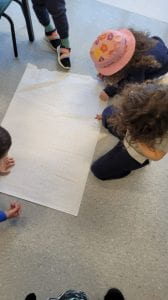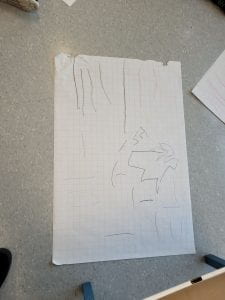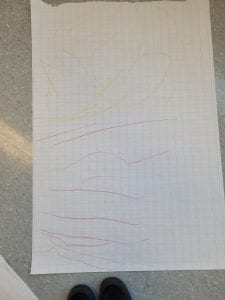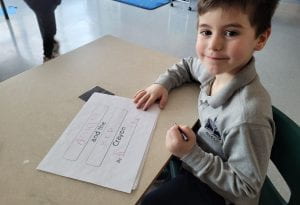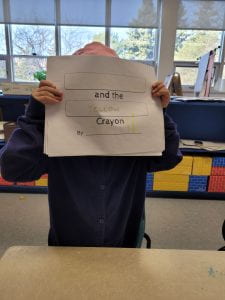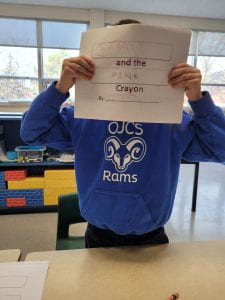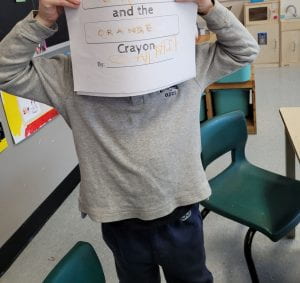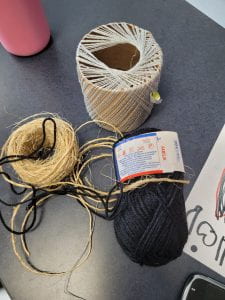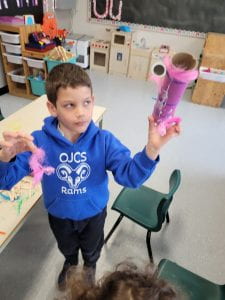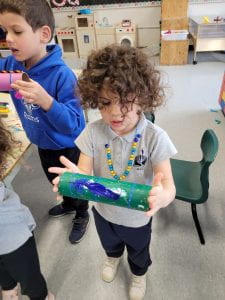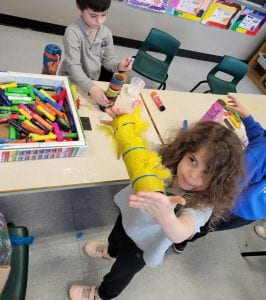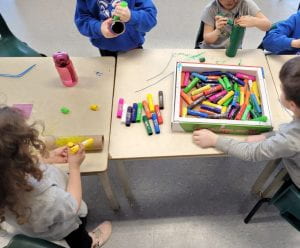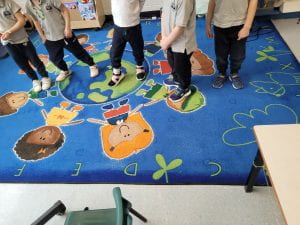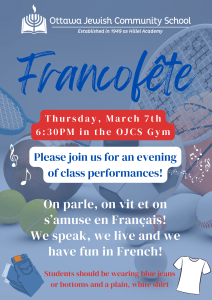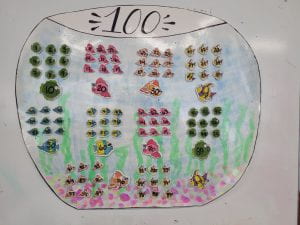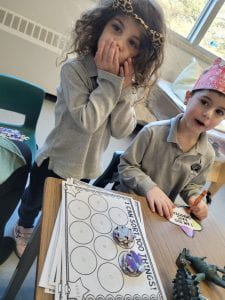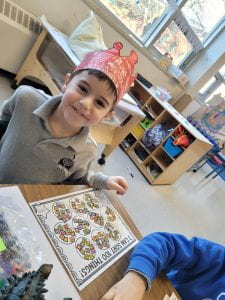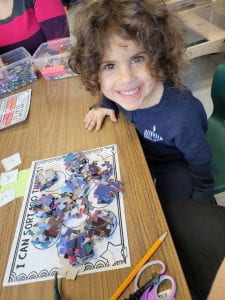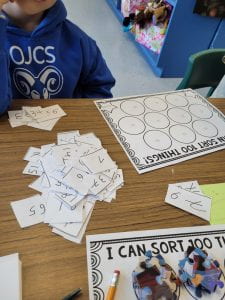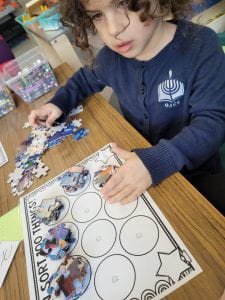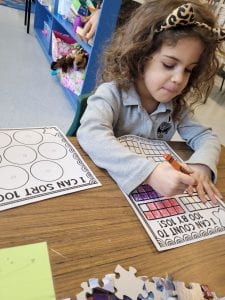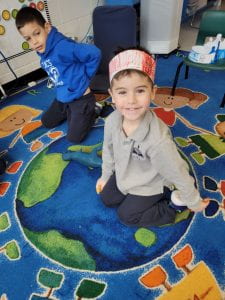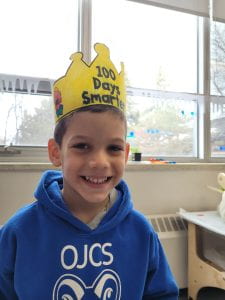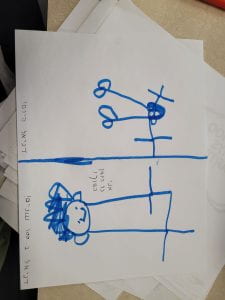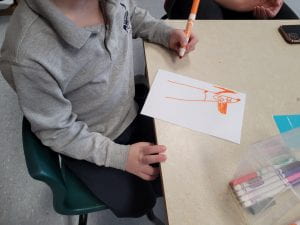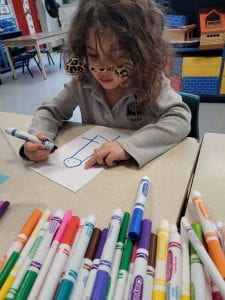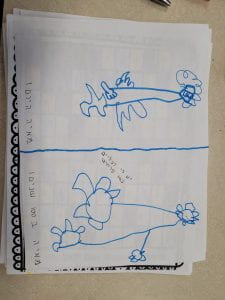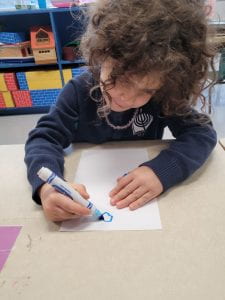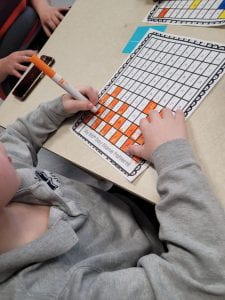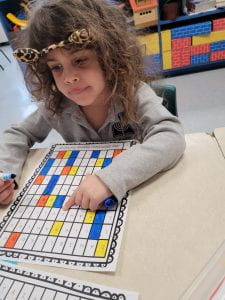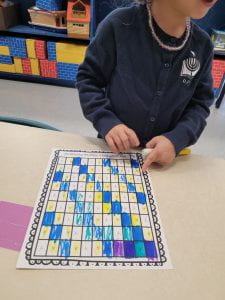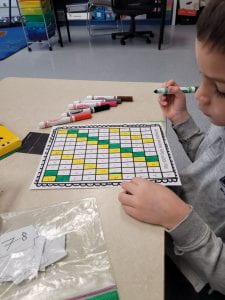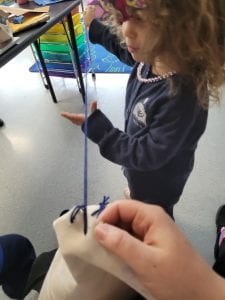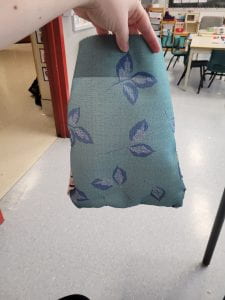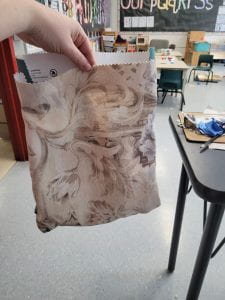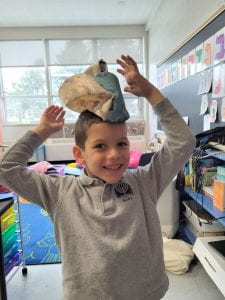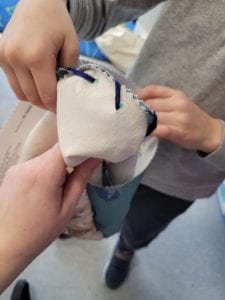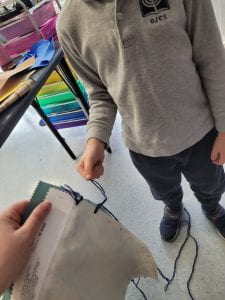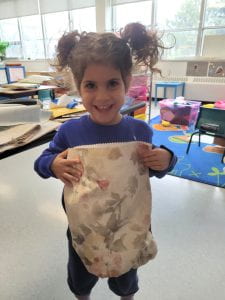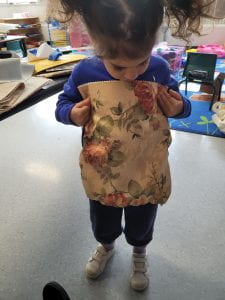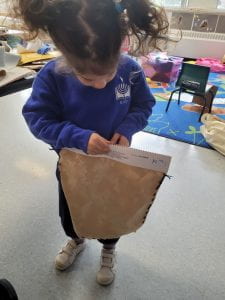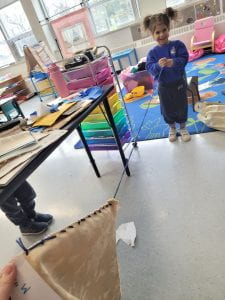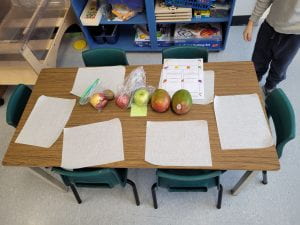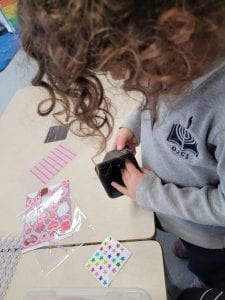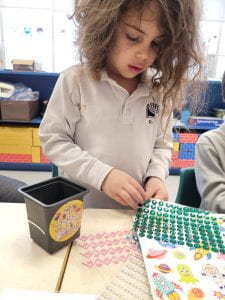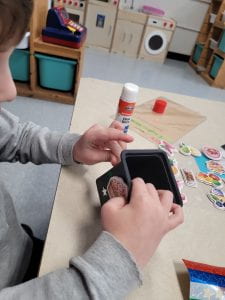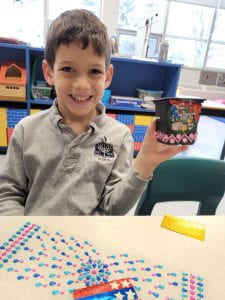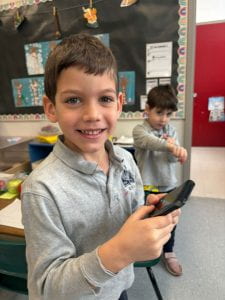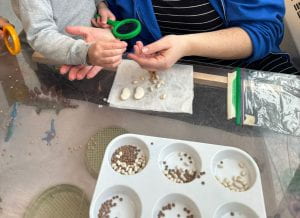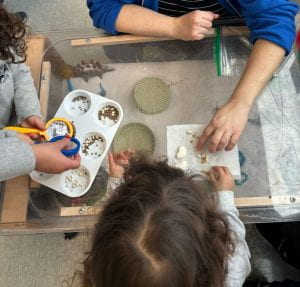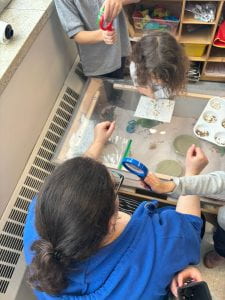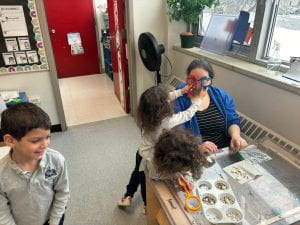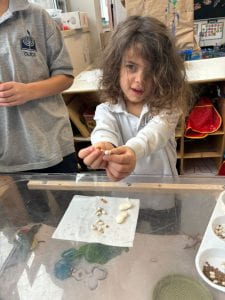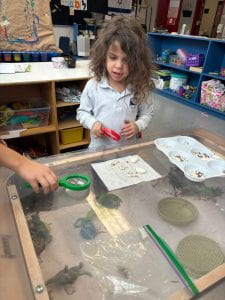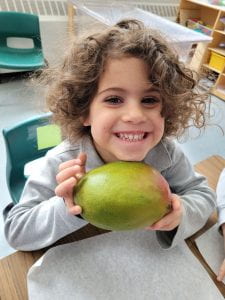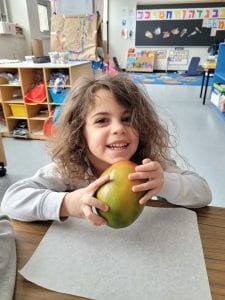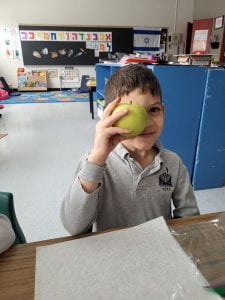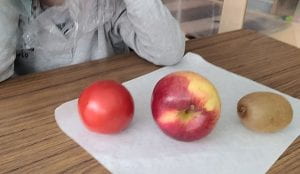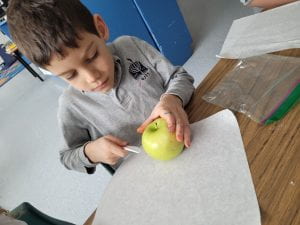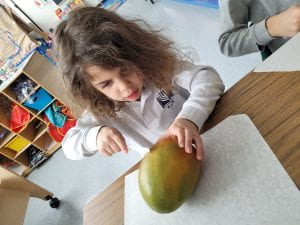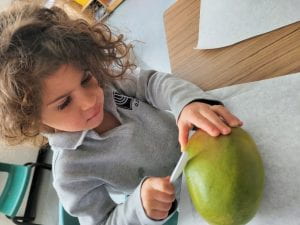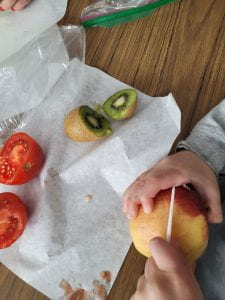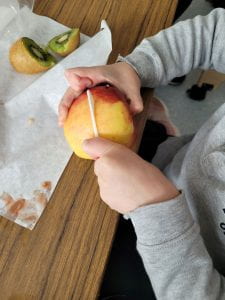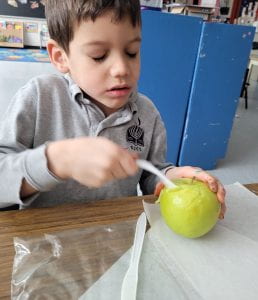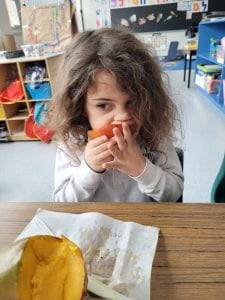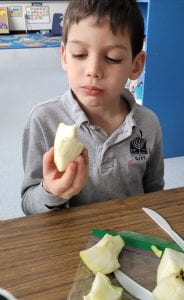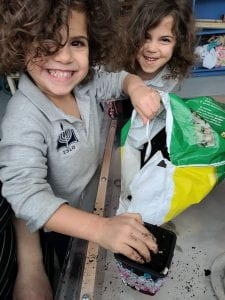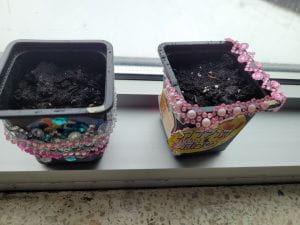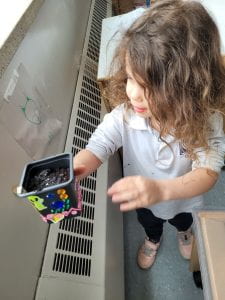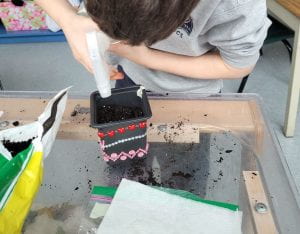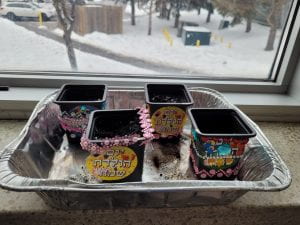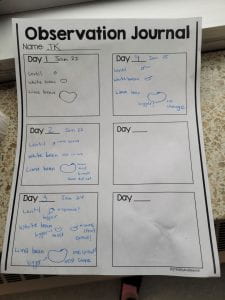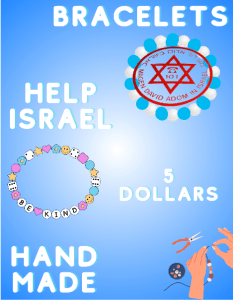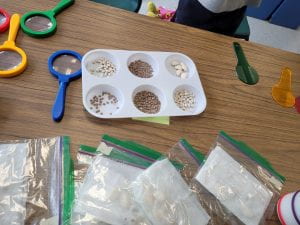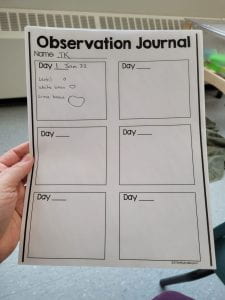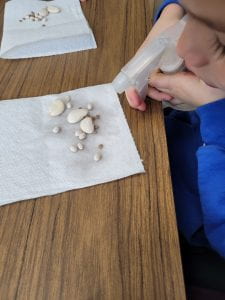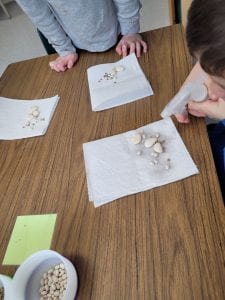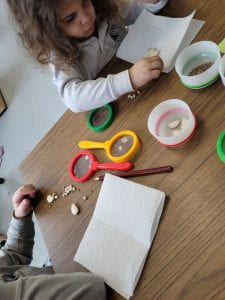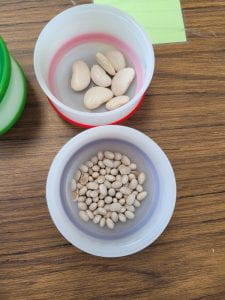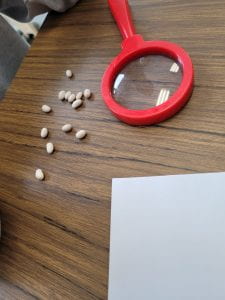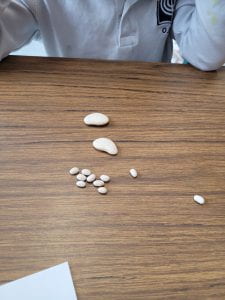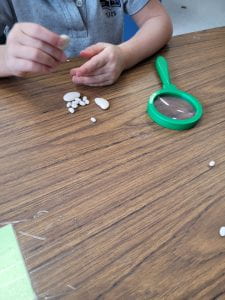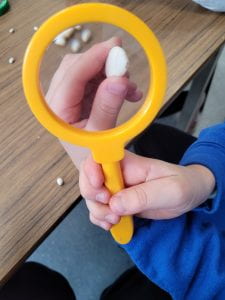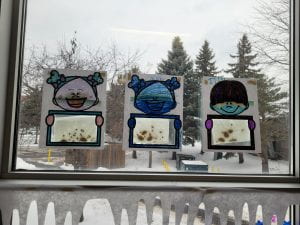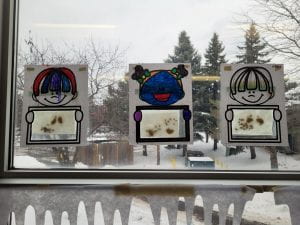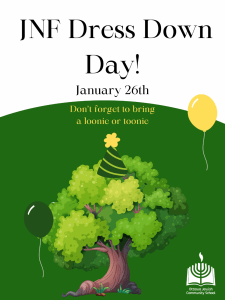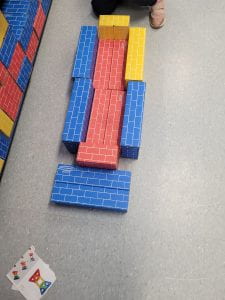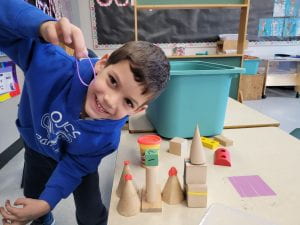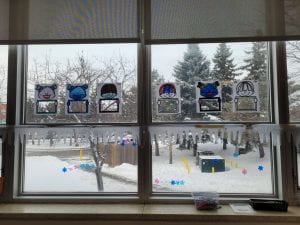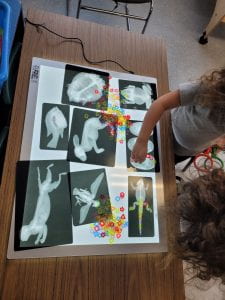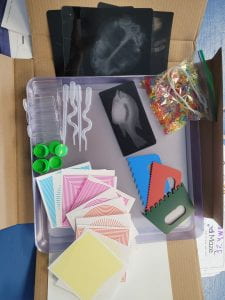Block City (1885)
Robert Louis Stevenson
What are you able to build with your blocks?
Castles and palaces, temples and docks.
Rain may keep raining, and others go roam,
But I can be happy and building at home.
Let the sofa be mountains, the carpet be sea,
There I’ll establish a city for me:
A kirk and a mill and a palace beside,
And a harbor as well where my vessels may ride.
Great is the palace with pillar and wall,
A sort of a tower on top of it all,
And steps coming down in an orderly way
To where my toy vessels lie safe in the bay.
This one is sailing and that one is moored:
Hark to the song of the sailors on board!
And see on the steps of my palace, the kings
Coming and going with presents and things!
Written by Robert Louis Stevenson, at the age of 35, 139 years ago, and still relevant today. What an imagination. And I get to witness this imagination and creativity every single day in my classroom. There was one morning not too long ago when one of my kiddos (we shall call him the Architect) started building with large cardboard blocks. I asked him what he was building and he said “a wall”. Then he decided to draw an extremely detailed and elaborate picture (an amazing floor plan, complete with 3D model and rendered perspectives) of what he wanted to build, and how he would build it.
So, I watched as that wall became a room, and then a house, and then a castle. While the Architect was building, I was observing. He talked to me the entire time (well, at me, because he was so involved in his play!), explaining what he was doing and telling himself a story about the people who live there.
Meanwhile, across the room… the others in the class were engaged in dramatic play. There was a baby, a dad, a mom, and a cat. The family noticed this beautiful castle being built and decided they’d like to live there. So they went to the architect and asked if they could. He replied with an enthusiastic YES and everyone was so excited they decided to have a party! ALL the “decorations” came out – magnetic tiles, monkeys, dinosaurs, gold coins… if it was in the class, it became part of the play. It was beautiful to watch, and 45 minutes later, it pained me to say it was clean up time. Nevertheless, the whole class continues to build houses, castles, walls, and cities together, and it’s become a favourite group activity!
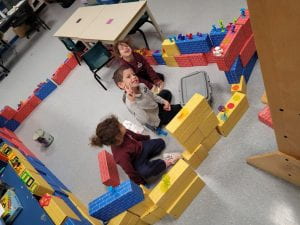
I wanted to share this story to give you, dear reader, an insight into how we learn in JK. Play is not just something we do, it’s something we learn from. Block play is an amazing activity that not only involves imagination and motor skills, but it evolves along with the child. It helps build both fine and gross motor skills, as blocks are lifted and manipulated into place. This also develops spatial awareness, hand-eye coordination, visual artistry, math and engineering concepts like symmetry, balance, gravity, and architecture! Building with blocks of all shapes and sizes encourages a lot of communication. Therefore problem solving, conflict resolution, reasoning, thinking, executive functioning, and oral language skills are all being developed through play. There is also a social-emotional aspect to block play, where friendships are budding and strengthening. Leadership, resilience, perseverance, negotiation, teamwork, creativity, and even attention spans are being tested, developed, and enhanced. So in short, block play is a purposeful activity that develops the whole child, and I highly recommend it!
